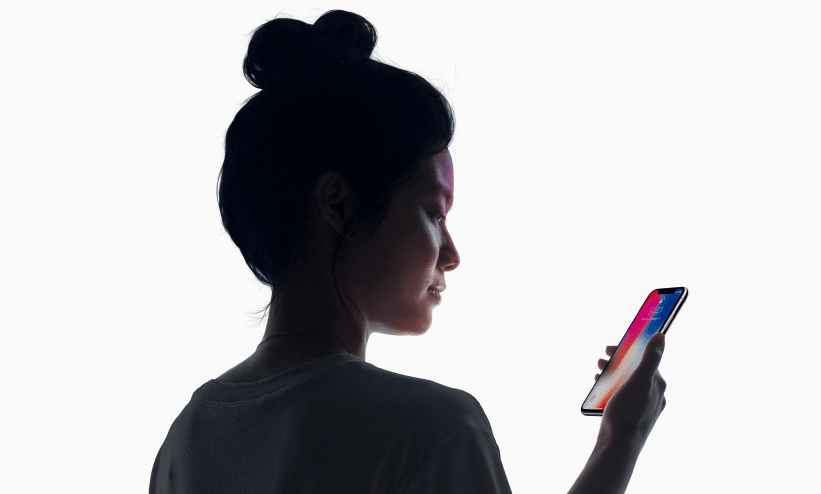While Apple’s iPhone X made waves during its launch last year due to the innovative FaceID technology, it was also the company’s first foray into offering a phone with an OLED screen. It appears as if the iPhone X display is having some issues, however, which are giving users headaches.
iPhone X Display
The new OLED screen is a step forward for Apple, incorporating the latest in screen technology for a phone that looks as good as it performs. Although the company generally executes all aspects of their devices reasonably well, the iPhone X display seems to have some growing pains that are starting to become apparent as we’re now a few months out from release.
Redmondpie reports that the issue with the iPhone X display stems from the use of Pulse Width Modulation (PWM), and a number of users have reported headaches with extended use.
Pulse Width Modulation refers to a technology that causes some flickering at varying frequencies, and while that flickering cannot be seen by the naked eye, it appears that a decent amount of users are having trouble using the iPhone X display due to the invisible flickering causing particularly bad headaches.
The iPhone X display issue is the first of its kind we’ve seen from Apple, as the company previously opted for LCD screens. Even the iPhone 8 and iPhone 8 Plus don’t deal with the same issues, with the headaches seemingly isolated to owners of the iPhone X.
While Apple is a relative newcomer to the OLED display, high-end Android phones have been using the technology for several years. The tech giant decided it was finally time to follow suit, but it appears as if the transition to this new format wasn’t as smooth as they would have liked. Apple has some catching up to do if they’d like their displays to compete with that of Android flagships. While the iPhone X display is currently one of the best on the market, those advancements are moot if it’s causing users headaches just by looking at the screen.
A Tricky Problem To Fix
Unfortunately, this issue with the Pulse Width Modulation is not an easy fix, as the technology is a crucial part of an OLED display. It’s very unlikely that Apple will be able to offer any real resolution to the issue without totally redesigning the phone, so those experiencing headaches from the iPhone X display may be out of luck.
It’s important to note as well that this problem isn’t unique to Apple either. While some Android manufacturers with more experience may have arguably done a better job of implementing the technology, OLED screens by default need to make use of the PWM, and users who are affected by the hidden flickering may find themselves with headaches even if they were to switch off of the iPhone X. With the majority of high-end flagships making the switch to OLED, there are only a limited lineup of phones that retain the older LCD technology.
With the iPhone X remaining one of the most expensive phones on the market, it’s a real problem that buyers are getting headaches just from using their devices. It remains to be seen whether anything can be done to rectify the situation, but it’s looking as if those who are affected shouldn’t get their hopes up.





